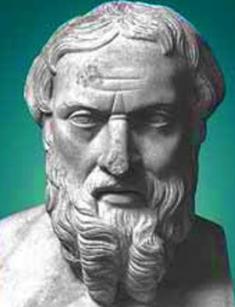
Herodotus: biography
Herodotus is famous as the “father of history”; he created the first treatise The Histories that survived until the present days and described the traditions of the peoples living in the fifth century BC, as well as the events of the Greco-Persian Wars. Herodotus’s works were significant in the development of ancient culture.
The information about the researcher’s life comes from two sources: the encyclopedia Suda (the second half of the 10th century, Byzantium) and his own texts. Some facts contradict each other.
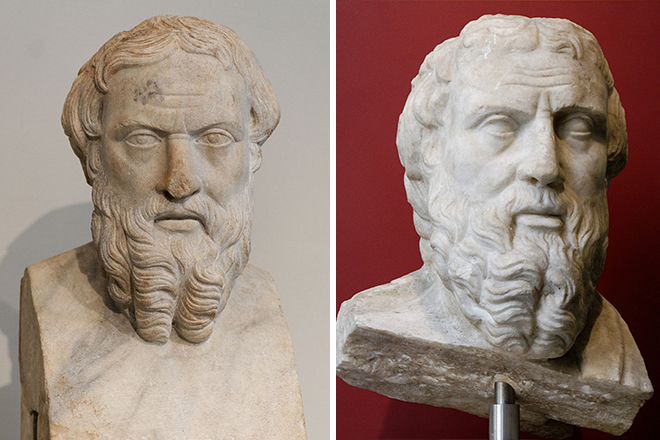
According to the common theory, Herodotus was born in 484 BC in Halicarnassus. The ancient city was located in the historical area of Caria, the coast of the Mediterranean Sea, Asia Minor. One of the major ancient Greek tribes, the Dorians, founded the settlement not far from the Carians, another Greek group.
The future historian was born into a powerful and wealthy family. As a young man, he participated in the political life and joined the party whose aim was to oust the tyrant Lygdamis; Herodotus was exiled and spent some time on the island of Samos.
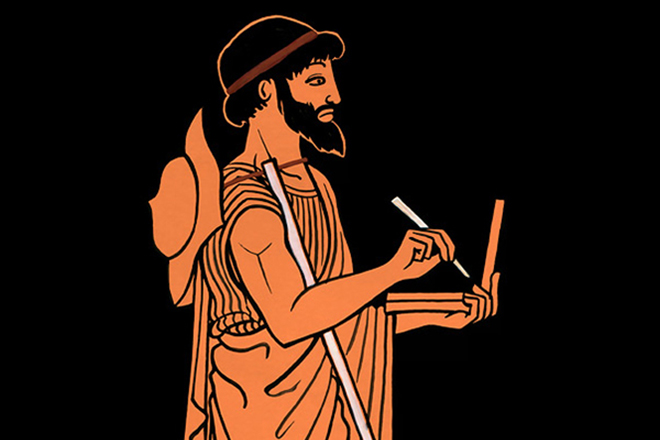
Further on, the young man had many exciting travels: Egypt, Babylon, Asia Minor, Assyria, North Black Sea region, the Hellespont; he crossed the Balkans from Macedonia to Peloponnese. He did some sketches for his future masterpiece at this period.
At the age of 40, Herodotus settled in Athens. He read some parts of The Histories to the upper-class members, so modern researchers believe they had been written during the journeys. The historian met the supporters of Pericles, the military leader and orator, one of the founders of Athenian democracy. In 444 BC, the Greek colony Thurii was founded onsite of the destroyed city, Sybaris; he actively participated in the reconstruction.
Science
Herodotus’s fundamental work The Histories contributed to science significantly. However, it is not a historical research – it is the narration of a curious, sociable, and talented man who had visited many places and accumulated pretty much knowledge on his contemporaries. The book embraces several components:
- Ethnographic data. The historian collected many facts about various tribes and peoples, their traditions, and daily lives.
- Geographic data. The work helped restore the borderlines of ancient states in the fifth century BC.
- Historic data. Herodotus described the events he witnessed.
- Literary component. The author was a skillful writer and created an interesting, attention-grabbing text.
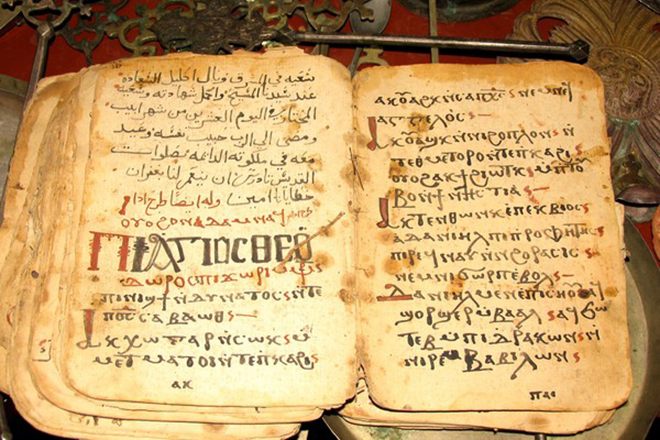
Overall, Herodotus’s manuscript consists of nine books; there are two parts there:
- The first part describes Scythia, Assyria, Libya, Egypt, Babylonia, and other states; the rise of the Persian kingdom is pictured. The author was going to tell the story of Greco-Persian wars, so he wanted to trace the historical fighting between the barbarians and the Hellenes. Due to this uniting idea, Herodotus did not include all the materials from his journeys; he also presented his subjective point of view on various historical elements.
- The second part is the chronological story of the military opposition between the Greeks and the Persians. It ended with 479 when the Athenian army took the Persian city Sestos.
Herodotus paid much attention to twists of fate and gods’ envy to human happiness; he believed that gods interfered with the natural flow of events. At the same time, he admitted that personal traits of political leaders were the key to their success.
The researcher criticized Persian leaders for their impudence and the desire to change the existing order – the Persians must live in Asia while Europe was meant for the Hellene. In 500 BC, the Ionian Revolt occurred; Ancient Greece was involved in bloodshed. The author expressed his opinion: it was the manifestation of pride and extreme incaution.
The structure of Herodotus’s The Histories
- Book One – Clio. One can read about the beginning of the discord between the Hellene and barbarians, the history of the ancient country Lydia, the ancient politician and wise man Solon, the tyrant Peisistratos, the story of Media and Sparta. Herodotus mentions the Scythian, who had conflicts with the Cimmerians, and the war between the Persians and the Massagetae.
- Book Two – Euterpe. The researcher describes the story of Libya and Egypt, the Pygmies and Nasamones, and ancient Egyptian pharaohs. There is a legend about Psamtik I, who identified the eldest people in the world, the Phrygians.
- Book Three – Thalia. The historian compares India and Arabia and writes about the Greek tyrant Polycrates, King Cambyses’s conquer of Egypt, the Magi revolt, the conspiracy of the seven and anti-Persian rebellion in Babylon.
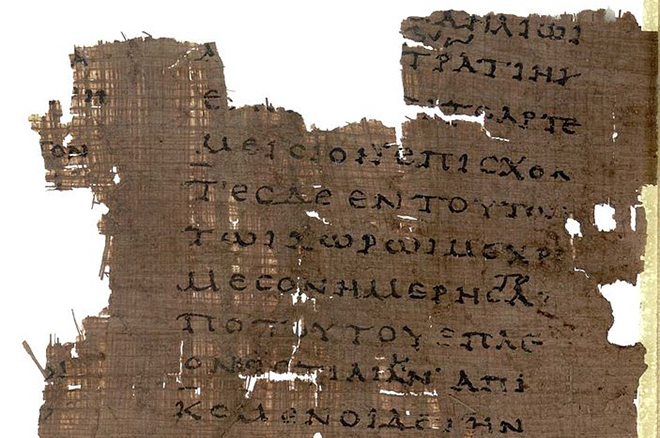
- Book Four – Melpomene. The scientist depicted the peoples of Scythia, Thrace, Libya, and Asia; he reported what he knew about the Persian king Darius’s campaign against the Scythians in the Black Sea region.
- Book Five – Terpsichore. This text focuses on Greco-Persian war events. While Herodotus gave much more information about ethnic characteristics in the previous volumes, he informs about the Persians in Macedonia, the Ionian Revolt, the arrival of the Persian governor Aristagoras to Athens.
- Book Six – Erato. The Battle of Lade, the fall of the Carian city Miletus, the attacks of the Persian military leader Mardonius, and the military expeditions of Artaphernes and Datis are the most crucial events in this part.
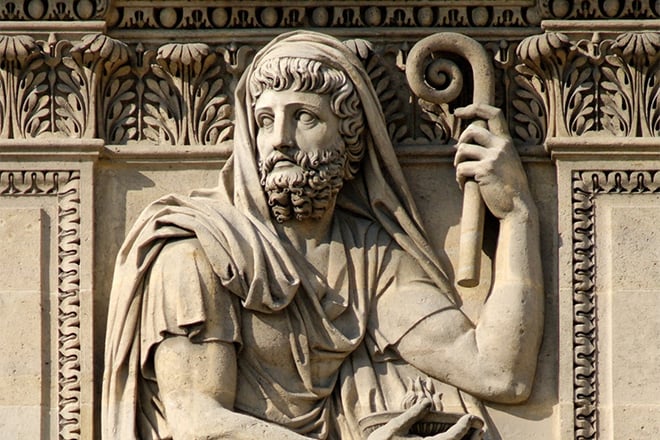
- Book Seven – Polyhymnia. One can learn about Darius’s death and the rise of Xerxes, as well as the latter’s attempts to conquer Asia and Europe. The Battle of Thermopylae was one of the most notable events for the Persians and Greeks.
- Book Eight – Urania. This material shows the Battle of Artemisium, the Battle of Salamis, Xerxes’s escape, and Alexander’s arrival to Athens.
- Book Nine – Calliope. The last part of the monumental work pictures the preparation for Battle of Plataea and the battle itself; it was one of the largest inland fights during the Greco-Persian Wars. Besides, there is information about the Battle of Mycale and the blockade of Sestos.
This book is also known as The Muses – Alexandrian scientists named each part after a muse.
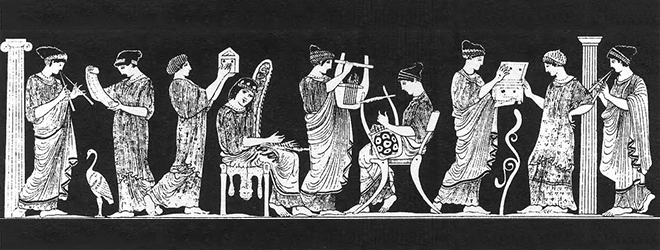
Herodotus not only gave his own memories and personal attitude but also included witnesses’ words, oracles’ notes, and lettering; he visited battle fields to present each event as it happened. The researcher supported Pericles and often praised his family’s achievements.
Although the author believed in dogs’ influence, and his approach was subjective and limited in terms of information, the book was not all about praising the Greeks and their fight for their freedom. Herodotus tried to understand the causes and effects of victories and losses. Thus, The Histories became a substantial milestone in the development of international historiography.
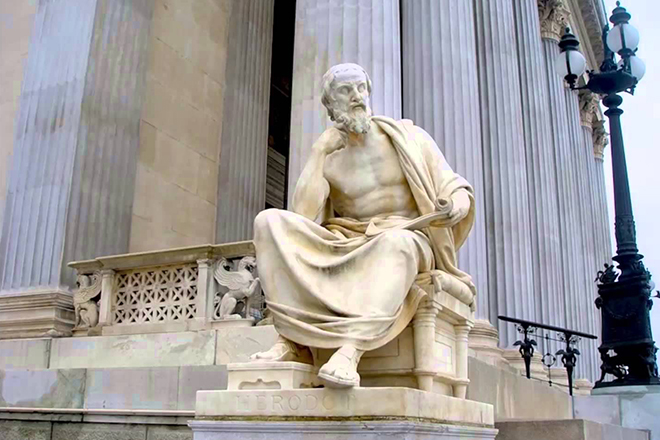
The historian’s success is explained not only by numerous facts about tribes and events – the man’s art of narration was excellent, and his text was similar to an epic work, exciting for both contemporaries and people of the modern times. The majority of facts Herodotus had described were proven archeologically later.
Personal life
Only pieces of information about Herodotus’s life survived; it is impossible to say whether the scientist had a wife or children. The man was an inquisitive and communicable person who could get along well with various people and showed an amazing persistence when it was necessary to verify facts.
Death
Herodotus presumably died in 425 BC; the location of his burial place is unknown.




